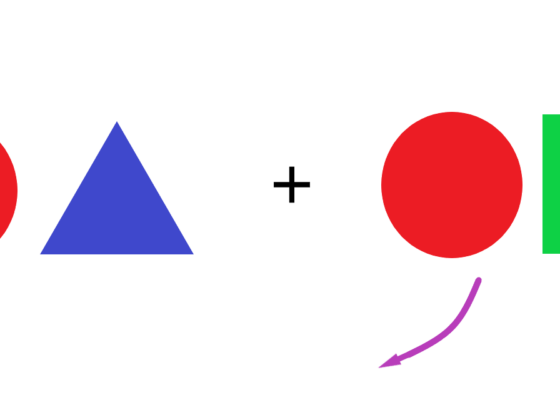Overview: Factoring Polynomials
In order to factor polynomials, it is important to find the greatest common factors and use the distributive property. Use the integral coefficients to rewrite the polynomial and find the factors. The difference between finding prime factors of a real number and prime polynomials is that there are variables involved. Multiplying back the number sentences is a way to check work.
Finding the Greatest Common Factors
When finding the greatest common factors of a polynomial, look at the numerical coefficients first to see what their greatest common factors are. For example, 3x +3y can be written as 3(x +y), because both 3x and 3y have the factor 3 in common. Similarly, in the sentence 7x3 -21x, both 7 and 21 have the factor 7 in common, and each term of the polynomial also has the factor x in common. Factoring for 7x involves division by 7x, so that 7x3/7x equals x2 and 21x/7x equals 3.
Using the Distributive Property and Grouping Like Terms
In the example 7x3-21x, another mathematical property is important for factoring. The distributive property states that for any a, b, and c, a(b + c) = ab + ac, and a(b-c) = ab-ac. Therefore, 7x3-21x will equal 7x(x2-3) because 7x(x2) -7x(3) = 7x3-21x. When factoring ax +cy +xy + ac, group the x terms and the c terms together to make it easier to factor common terms, so that ax + cy +xy +ac = (ax + xy) + (cy +ac) = x (a +y) + c(y +a), and (a +y ) = ( y +a) . Therefore,( x +c) +(y +a) = ax +xy + ac + cy.
Factoring the Difference of Two Squares
This is another instance where algebra and geometry work together. Suppose the problem is to find the difference between the area covered by a large square with sides a and a small square with sides b. The area that is left will be covered by a2 -b2, or(a -b) (a +b). Note that a negative times a positive gives a negative product. For example, x2-9 is the difference of two squares, as the square root of x2 is x and the square root of 9 is 3. Therefore x2-9 can be factored as (x +3)(x-3).
Factoring Two Squares with a Coefficient
In the example of x2-9 = (x +3)(x-3), the x term did not have a coefficient. However, if the variable does have a coefficient, or if the second square has an additional variable, those can also be factored. For example, 25x2– 81 is also the difference of two squares: (5x – 9)(5x +9), as 25x2 is equal to (5x)(5x). If the problem were 16x2-36y2, that would factor as (4x – 6y)(4x +6y)
Interested in math tutoring services? Learn more about how we are assisting thousands of students each academic year.
SchoolTutoring Academy is the premier educational services company for K-12 and college students. We offer tutoring programs for students in K-12, AP classes, and college. To learn more about how we help parents and students in Ridgeland, MS visit: Tutoring in Ridgeland, MS


